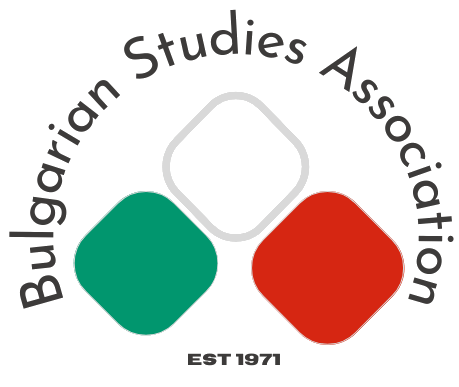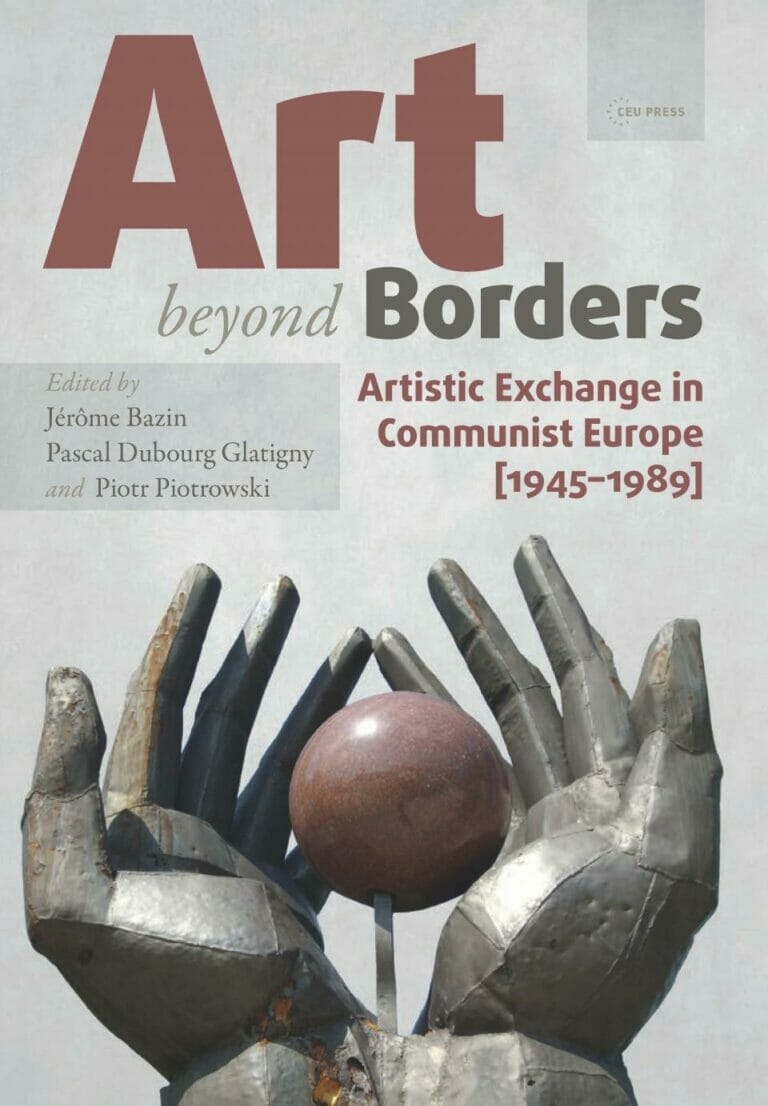Recommended books
Remembrance, History, and Justice
"On February 1, 1945, death sentences were issued for the three regents, twenty-two ministers, sixty-seven members of parliament, forty-seven army generals and colonels. They were executed on the same day. Most of their relatives were resettled in different parts of the country and were persecuted as enemies of the people."This is the record of one day only of the crimes of the communist rule between 1944 and 1989. The terror of the so called People's Courts, the brutal treatment of the democratic opposition, the purges and the terror of Stalinization, and so on-all these stepped out of the realms of silence and triggered public demands for a proper historical evaluation after the fall of the regime in 1989. Some of the labor camps continued to exist into the late 1980s, among others, as destinations for Bulgarian Turks who protested against the violent change of their names.Remembrance of the victims of the communist rule nowadays oscillates between revisionist claims and politics of neglect.
Art beyond Borders
"Bulgarian art did not imitate Western art, but confidently followed its own path-that of socialist realism" - concluded the Bulgarian commissioner at the 1964 Venice Biennial 1964.As an authority of the field points out, not without grounds, "there has never been any real thaw in Bulgaria. There were no alternative art groups and alternative art. There were no Bulgarian participants in art networks of artistic exchange that provided alternatives to the official channels."Decorativism was manifested under the auspices of the declared tradition. Every time doubts were cast, from the positions of the official ideology, over the realistic character of the graphic images, the critical discourse referred to the "democratic" and "national" traditions.A bit late, the founding of the International Graphic Arts Biennial in Varna in 1981 became the first and only forum in Bulgaria from the time of the rule of the Communist Party that presented a wide range of artistic tendencies and artists without proclaimed thematic and form and style restrictions.
- A book of comparative intellectual history discusses how socialist ideology emerged as an option of political modernity in the Balkans.
- The series in the history of medicine starts with a Bulgarian monograph on social legislation and population policy in the interwar period.
- The author of the now classic Balkan Family Structure, dedicated a large volume to the analysis of the posthumous fate of Vasil Levski, of which an abridged paperback version was also published;
- How the Bulgarian Revival was instrumentalized for political purposes in the 20th century;
- An analyis of Bulgarian history writing focusing on the time span between Stambolov and Zhivkov;
- Bulgaria was also targeted by the book distribution program of the CIA since the 1950s;
- A book on anti-corruption policies by a renown Bulgarian social scientist;
- A study of the political economy of transition from command to market economy;
- A comparative review of the control of political parties over the media in Eastern Europe;
- Together with twenty-eight more post-communist transition countries, the political and economic performance of Bulgaria is also examined as part of a search of varieties of transition models.
- The four-volume undertaking quotes and comments specimens from texts that shaped national identities in eastern Europe. Besides the “Memorandum of the Secret Central Bulgarian Committee” (1867) Bulgaria is represented by Neofit Rilski (1835), Beron (1855), Zografski (1858), Botev (1871 and 1876), Verkovich (1874), Marinov (1891), Gologanov (1891), Vazov (1894), Konstantinov (1895), Kyorchev (1907), Strashimirov (1918), Penev (1930), Mutafchiev (1931), Janev (1933), Hadzhiyski (1938), and Sheytanov (1942);
- Witches and priests in the Bulgarian village are analyzed in the series on demons and spirits;
- 19th c. textbooks and journals are scrutinized for the presentation of Bulgarian identity; the same issue is approached from 19th c. studies on “race” in another essay; and Bulgarians will read with interest the description of the paths of Macedonian supra-nationalism a hundred years ago;
- Still with regard to national identity, a study discusses common heroes and divided claims between Macedonia and Bulgaria, while in the same book an essay treats sounds and noise in socialist Bulgaria;
- The handbook of biographies contains entries on the following Bulgarians: Blagoeva, Ivanova, Karamichailova, Karavelov, Karavelova, Karima, Konova, Malinova, Zlatareva, and Zlatoustova;
- Straight Haussmannian boulevards drawn in Sofia in the frame of European town-planning;
- The book on eugenics in east and central Europe presents the subject in the interwar Bulgaria;
- In the volume on the expansion of Stalinism Bulgaria received a separate chapter next to other variants in east Europe;
- The analysis of the impact of Radio Free Europe also covers Bulgaria at detail;
- The US government kept sponsoring the émigré Bulgarian National Committee under the umbrella of the Assembly of Captive European Nations until the very end of the Cold War.
- Images of the west are being explored in Bulgarian travel writing during socialism;
- The treatment of religion under communism through the case of Vanga, a mystic prophetess;
- The Bulgarian legacy of 1968 is essentially exemplified by Zhivkov’s urging Brezhnev “the sooner troops are sent (to Czechoslovakia) the better
- A fresh interpretation of the contexts, meanings, and consequences of the revolutions of 1989 contains numerous references to Bulgaria;
- The seminal CEU Press title on the collapse of Soviet domination
- The analysis of today’s history writing between academic standards and political agendas;
- An essay discusses the “museumizing” of the socialist past in post-1989 Bulgaria;
- The idea of the desegregation of Romani education originated in Vidin. An account on how far the process has progressed across Eastern Europe;
- A rich panoply of remembrances of the communist era;
- The six-country comparative sociological research includes Bulgarian village studies of post-communist rural transformation;
- “The Bulgarians don’t object if they disagree, especially if they disagree with the authority”-on how East-European mindset adapts to capitalism;
- Measures to protect Bulgarian children from the adverse effects of television is the last item to mention.
Vol. I. Late Enlightenment – Emergence of the modern ‘national idea’, Trencsényi / Kopeèek, 362 pages, 2006, 978-963-7326-52-3 cloth
The Making of a Nation in the Balkans – Historiography of the Bulgarian Revival, Daskalov, R., 296 pages, 2004, ISBN 978-963-9241-83-1 cloth
Accidental Occidental – Economics and culture of transition in Mitteleuropa, the Baltic and the Balkan area, Bokros, L., 204 pages, 978-615-5225-24-6 cloth
Tismaneanu V.452 pages, 2009, 978-963-9776-55-5 cloth; 978-963-9776-63-0 paperback
Promises of 1968 – Crisis, illusion, and utopia, Tismaneanu, V., 460 pages, 2011, 978-615-5053-04-7 cloth
Ten Years After – A history of Roma school desegregation in Central and Eastern Europe, Rostas, J., 392 pages, 2012, ISBN 978-615-5053-13-9, cloth


